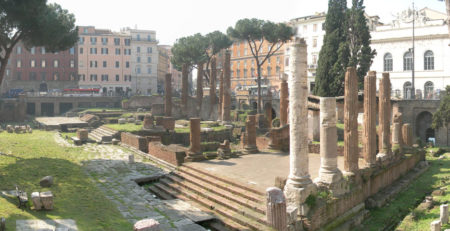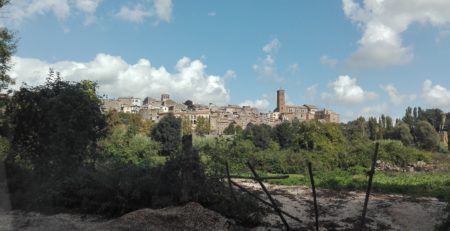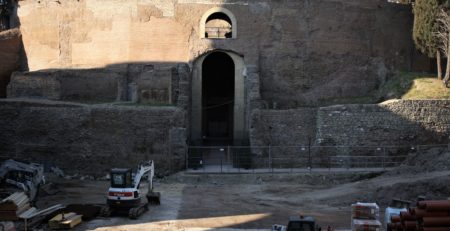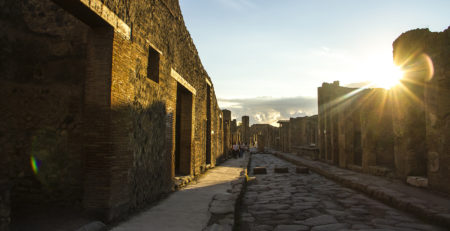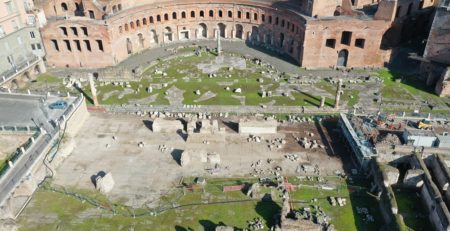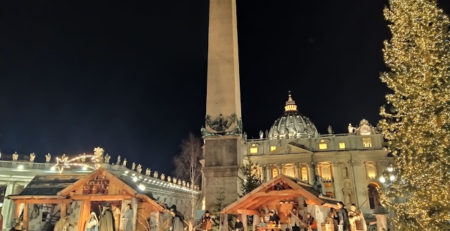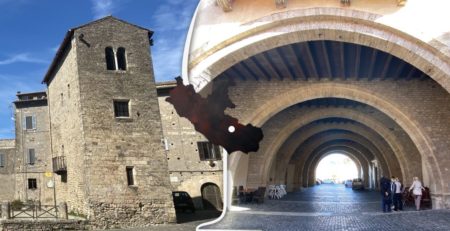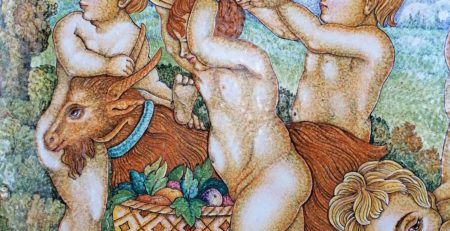Castle of Angels
The castle, with its statuesque angel overlooking the city, dominates the Tiber river. It began as an emperor’s tomb, and progressed to becoming a refuge for popes and a notorious prison.
Initially commissioned by the Roman Emperor Hadrian, as a mausoleum for himself and his family. The popes converted the structure into a castle. In 1277 Pope Nicholas III connected the Castle to St Peter’s Basilica by a covered fortified corridor called the Passetto di Borgo, or simply Passetto, an approximately 800 meters long elevated passage, built on the ancient walls that delimited the Leonina Citadel. This was an escape route for the Pope to escape to the Castel in case of danger. It offers a wonderful and unusual point of view on the Eternal City.
The Papal state also used Sant’Angelo as a prison: Giordano Bruno, for example, was imprisoned there for six years; other prisoners were the sculptor Benvenuto Cellini and the occultist Cagliostro. Executions were performed in the small inner courtyard. The little and dark prison cells, now open to the public, had been used from Renaissance to nineteenth century. The medieval prisons, the Stufetta (bathroom) of Pope Clement VII and the Passetto (small passage) can all be visited with guided tours, included in the admission ticket.
Also a must see, are the Cagliostra, a “luxury prison” designed for prisoners of respect, which owes its name to one of the most famous prisoners who lived there, the Count of Cagliostro. Adjacent dressing rooms are frescoed by the hand of Luzio Luzi.
Architect of Castel of Angels
Architect Demitriano built the Castle of Angels between 123 and 129 A.D. according to the wishes of Emperor Hadrian, to serve as his mausoleum. The ‘Hadrianium’ dominated the landscape, its massive hulk consisting of three overlapping cylindrical structures, surrounded by a circular façade, topped with a bronze chariot featuring the Emperor dressed as the sun god.
With the addition of the Mura Aureliane (Aurelian wall) in 271 A.D., which fortified its strategic southern flank, the structure was converted from mausoleum to military fortress. It later came into Papal hands, after the Pope’s return to Rome, from exile in Avignon, at which point battlements were added. The name Castel Sant’Angelo comes from the legend of Saint Gregorio Magno, who had a vision of an angel appearing in the fortress, and announcing the end of the Plague. In 1500 Rafaello di Montelupo created a statue of the angel which originally stood on the watchtower and is now on display in the Cortile d’Onore (court of honour).
Lungo Tevere, 50
http://www.castelsantangeloestate.it/



